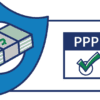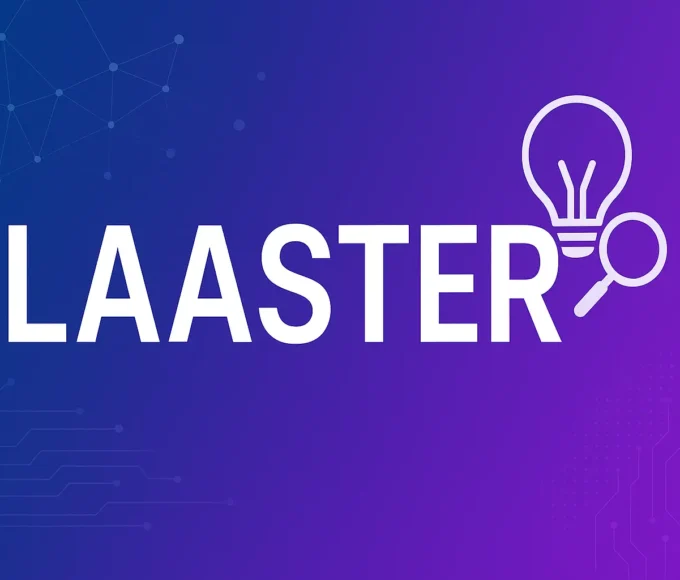The Internet of Things makes life easier for people who use it, increases the profits of companies that implement these technologies in the business process management system, and also significantly reduces the consumption of working capital. To implement IoT, it is necessary to have information about the most beneficial integration of technologies for controlling indoor or outdoor lighting, organizing office space, shopping in supermarkets, and other operational processes that imply the need to ensure constant control. The following describes in detail how to choose the right IoT stack to quickly achieve the expected result when managing a company, home, or manufacturing plant.
What does the IoT stack include?
IoT stack is a combination of technological solutions that allow you to organize the Internet of Things system to meet the needs of business processes or ensure the safety and comfort of users and reduce the cost of implementing control measures. IoT stack includes 5 following basic stages of production, installation, commissioning, and analytical procedures:
· The main principle of IoT technologies is the collection of data from physical objects. In this regard, these objects or devices are equipped with sensors, cameras, or actuators that respond to changes in temperature, light, and various sound effects on movement or emergencies. Thus, IoT devices are the most important component of the entire business process management system.
· Actuators are a set of mechanisms, software, electrical appliances, and other high-tech devices that receive a signal from a sensor for its further conversion into a set of commands and changes in the physical state of an object, reading information or other actions from the system in automatic mode, or from the operator. The most popular developers of IoT devices are Raspberry Pi and Arduino.
· The Internet gateway is the most important part of any IoT technology. It is a switch that provides wireless communication between sensors and actuators, without failures and delays. The gateway allows you to combine or, conversely, differentiate signals from a large number of sensors located in different places. Most often, the gateway operates over a Wi-Fi wireless connection, which provides users registered on the network with access to sensors on physical objects or to actuators from anywhere in the world. In addition to Wi-Fi, developers also use ZigBee, BLE gateways, under Bluetooth standards, as well as Ethernet fibre optic cables.
· Communication between machines (M2M), and software. These intelligent products are developed and implemented as an application for PC or mobile devices. They have their program code, user environment design, and interface for easy operational control and reading of results. The software can be developed individually, or many companies offer ready-made solutions from well-known vendors such as Google, Microsoft, or IBM.
One and a half Internet of things provides full control over all business processes by informing the operator about emergencies, or with automatic control of standard protocols. When using the IoT platform, the owner of the company provides a complete solution for each stage of the interaction of mechanisms, the provision of services for the end-user, and also eliminates the risk of errors and the human factor.
How to choose the right IoT stack for the implementation of a business plan?
Choosing the right IoT stack is not an easy task that requires brainstorming, involving both the development team and the potential customer. In order not to make a mistake in the choice, it is necessary to take into account the following facts:
· Sensors installed on physical objects must ensure the collection of reliable and complete information about a given object, phenomenon, or situation. Most often, developers of intelligent systems work closely with manufacturers of devices and offer the client a choice of various solutions, the field of which is confirmed by the choice of the most acceptable equipment in terms of price and quality.
· It is recommended that the IoT platform should implement context recognition functions. This indicates the need for effective data filtering, sifting out false positives, which eliminates errors and unnecessary bringing actuators into operation without objective reasons.
· Ensuring full control over the operation of sensors, and actuators, as well as the quality of communication between them using switches. It is recommended to foresee a system of monitors, sensors, or surveillance cameras in advance so that the operator or business owner can accurately verify the normal operation of the entire system.
· Security. Any IoT platform that involves working with sensors and actuators requires security. This is especially true if the business process control software also includes user accounts that must contain personal information, billing information, or transact. A multi-level encryption system for program code should ensure complete confidentiality and security of each user, which significantly reduces the risk of cyber-attacks.
· Platform scalability. Many categories of business related to IT technologies are rapidly developing around the world. This suggests that every new software product should have a decentralized structure with the ability to scale horizontally. If there are pre-built free clusters, as well as the possibility of increasing the number of program code commands without stopping business processes, the consumer receives a universal system, the operation of which will ensure rapid expansion without a short stop of the main detail of the enterprise.
· One of the most important points for choosing the right IoT stack is to take into account the interests and needs of the end client, who receives the service after the implementation of all business processes. If the level of software automation involves the provision of financial services, it is necessary to successfully increase the client base with the effort of increasing current assets. To do this, it is recommended to collect information in advance about more advanced competitors who have already installed and use the IoT stack. An analysis of the user tools, the design of the operating environment, and the quality and accessibility of the interface will be required.
Despite the possible difficulties, as well as the permanent costs of organizing an IoT platform, the practice has long proved that these technologies provide a quick payback and profit. When working with IoT, if the right and the most optimal stack is chosen, consumers automatically have access to scaling and business development, as their operating costs will be reduced. This will ensure the accumulation and further liquidity of the company’s working capital to develop the business and increase profits.
Read More








Leave a comment